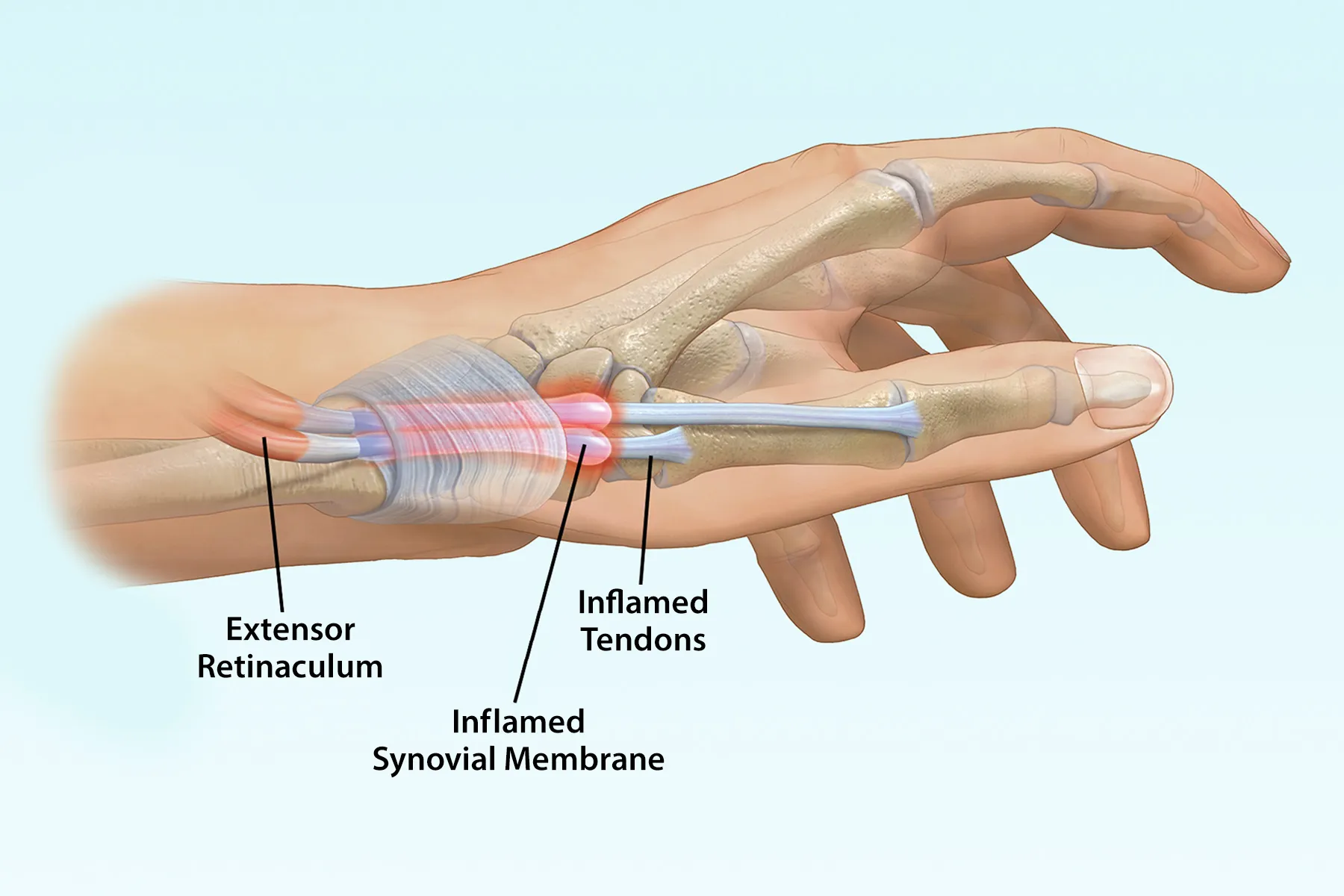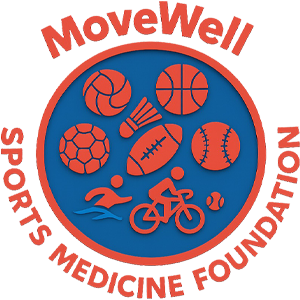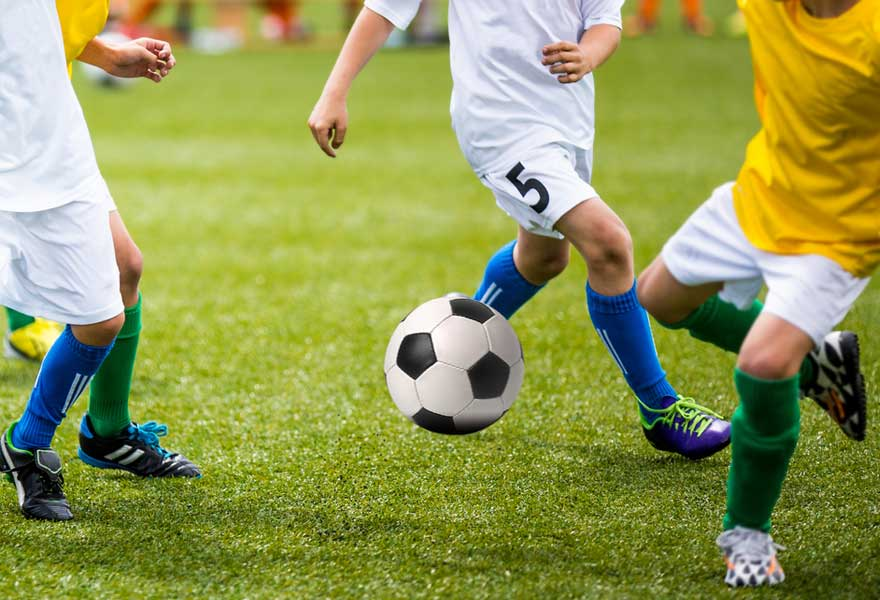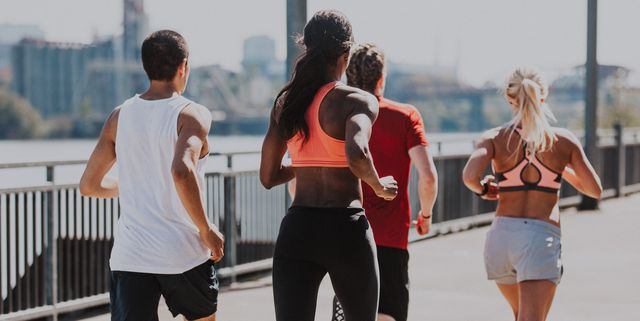
{{expert.day}}
{{expert.month}}
Tenosynovitis is the inflammation of the tendon sheath (the synovium surrounding a tendon), often caused by overuse, repetitive motion, or friction. It leads to pain, swelling, and limited movement in the affected area.
Common Types
De Quervain’s Tenosynovitis: Pain near the thumb and wrist (common in racket sports, lifting).
Trigger Finger: Finger gets stuck when bent (seen in climbers, musicians).
Intersection Syndrome: Pain in the forearm where tendons cross (rowers, lifters).
Tennis/Golfer’s Elbow: Overuse of forearm tendons.
Main Causes
Repetitive strain, sudden overload, or poor wrist/hand position during activity. Systemic conditions like arthritis or diabetes can also increase risk.
Treatment
Rest and modify activity
Ice for swelling, heat for stiffness
Anti-inflammatory medication (NSAIDs)
Bracing or splints
Physical therapy with tendon gliding and strengthening
Cortisone injections or minor surgery for severe cases
Prevention
Warm-up and stretch before exercise, avoid overuse, use ergonomic equipment, and strengthen wrist and forearm muscles.
References (Simplified)
American Academy of Orthopaedic Surgeons (AAOS). (2022). De Quervain’s Tenosynovitis Overview.
Mayo Clinic. (2023). Tenosynovitis: Symptoms and Causes.
National Institute of Arthritis and Musculoskeletal and Skin Diseases (NIAMS). (2021). Tendon and Soft Tissue Disorders.
British Journal of Sports Medicine. (2020). Sports-related Tendon Injuries and Rehabilitation.
Cleveland Clinic. (2022). Trigger Finger and Tendon Inflammation Treatment Guide.




